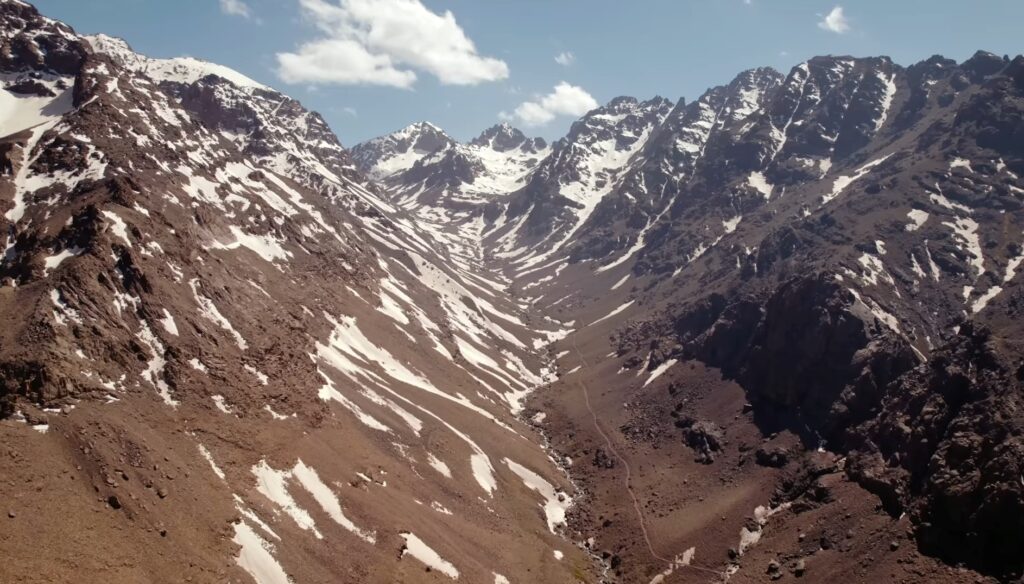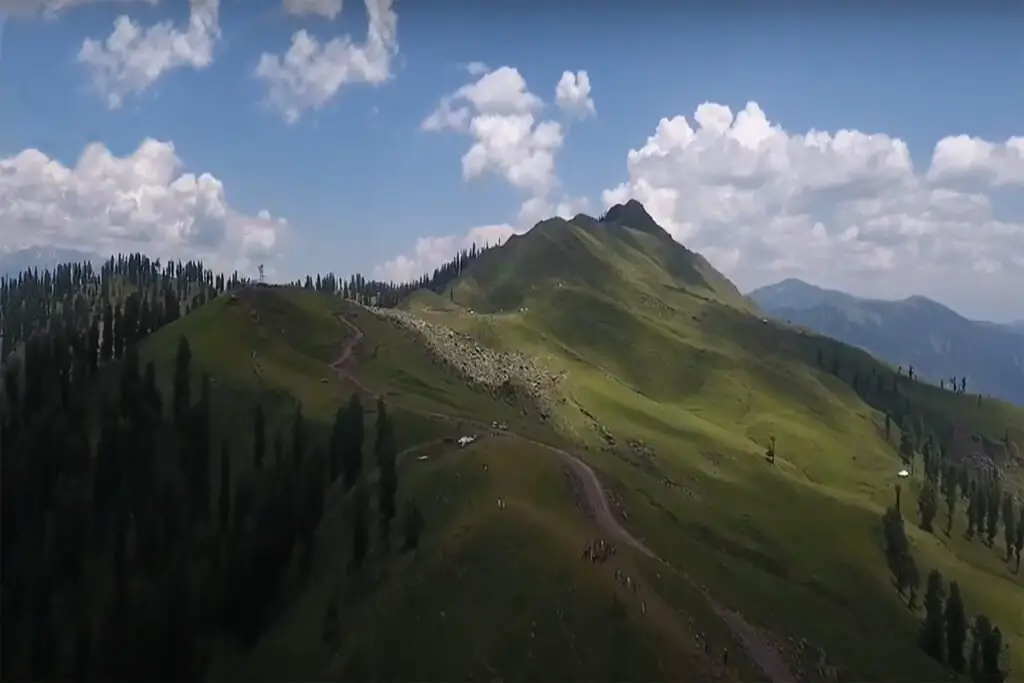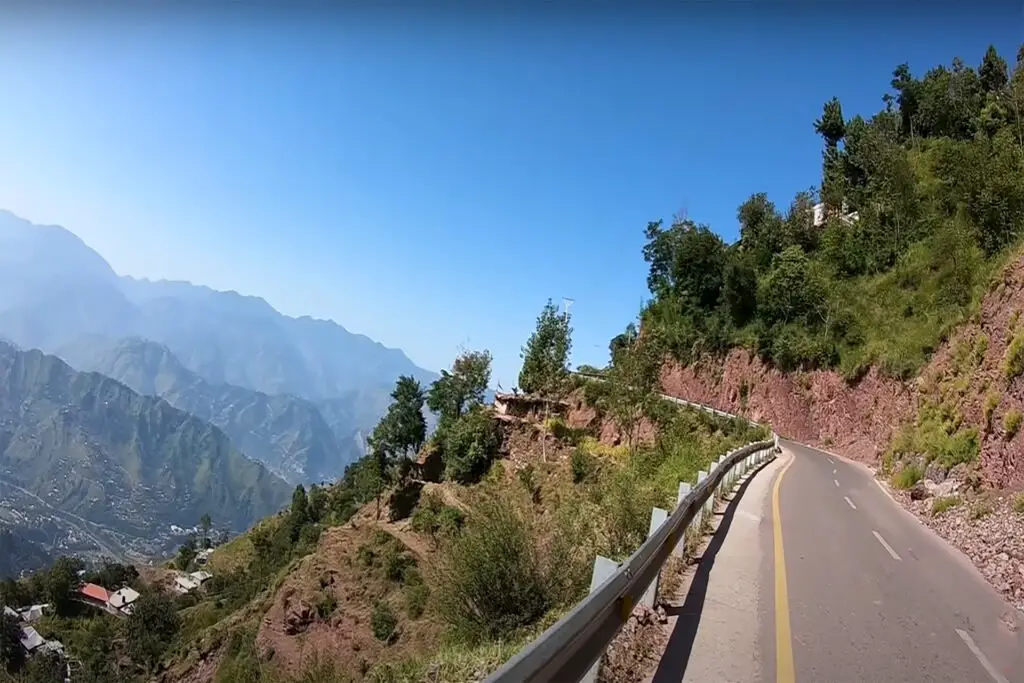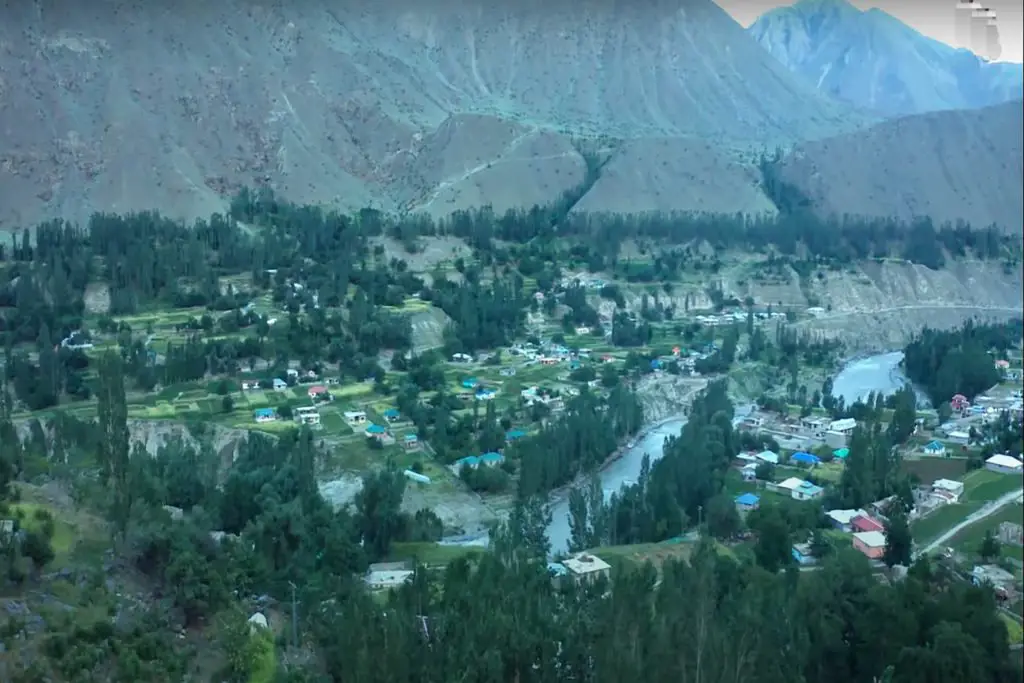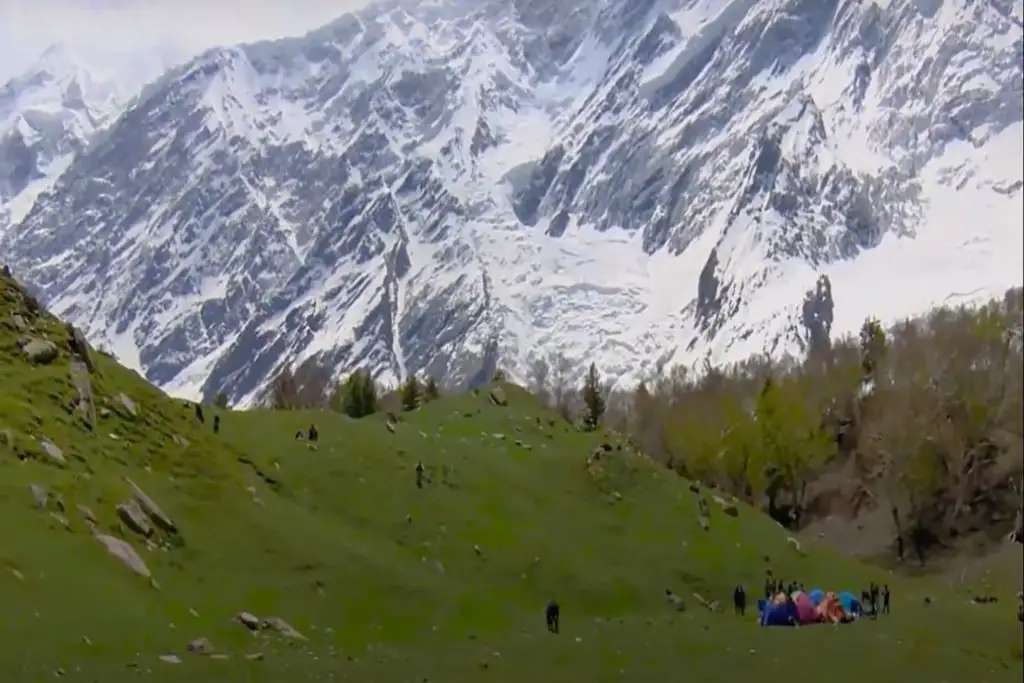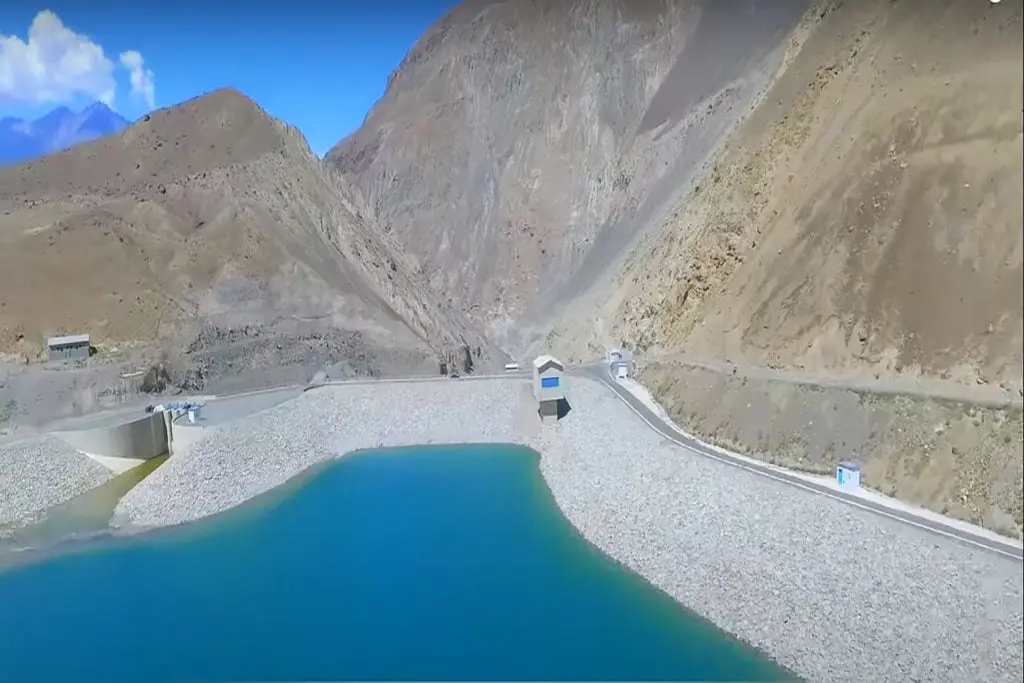The Saltoro Mountains are a range of high mountains located in the Karakoram Range of the Himalayas, in the region of Gilgit-Baltistan in Pakistan. The range is known for its stunning beauty, high-altitude peaks, and unique geography.
Geography of Saltoro Mountains
The Saltoro Mountains are home to a number of the world’s highest peaks, including K2, the second-highest mountain in the world, as well as Gasherbrum I and II, Broad Peak, and a number of other notable peaks. The mountains are also home to a number of glaciers, including the Baltoro Glacier, one of the longest glaciers outside of the polar regions.
The geography of the Saltoro Mountains is characterized by its steep, rocky peaks, deep valleys, and rugged terrain. The region is subject to extreme weather conditions, with temperatures that can drop well below freezing and winds that can reach hurricane force.
Despite its harsh conditions, the Saltoro Mountains are an important site for mountaineering and adventure tourism, attracting thousands of visitors each year. Climbers and adventurers come from all over the world to test their skills on the challenging slopes and peaks of the region, including K2, which is considered one of the most difficult and dangerous mountains in the world to climb.
Scientific Research
In addition to its natural beauty and adventure tourism, the Saltoro Mountains are also an important site for scientific research. The region is home to a number of unique and rare species of plants and animals, including the snow leopard, which is considered one of the most elusive and majestic animals in the world.
Scientists have conducted a number of studies in the region to better understand the ecology and behavior of these animals, as well as the impact of climate change on the fragile mountain ecosystem. The region is also an important source of water for the surrounding communities, which depend on glacial meltwater for irrigation and other purposes.
Challenges & Conservation Efforts
Despite its importance as a site for research and exploration, the Saltoro Mountains and the surrounding region face a number of challenges, including climate change, overgrazing, and other human activities that threaten the fragile ecosystem. Conservation groups and local communities are working to protect the region and ensure its long-term sustainability, but much work remains to be done to ensure the future of this unique and important landscape.
The Saltoro Mountains have a rich history, dating back thousands of years. The region has been inhabited by a number of different cultures and civilizations over the centuries, including the ancient Indus Valley Civilization and the Buddhist civilization of the Silk Road era.
In more recent times, the region has been a site of conflict between India and Pakistan. The Line of Control, a heavily militarized border, runs through the region.
The conflict has had a significant impact on the region, with military activities and border disputes disrupting the fragile ecosystem and threatening the livelihoods of local communities. Conservation efforts have been hampered by the conflict, with researchers and conservationists facing significant challenges in accessing the region.
Despite the challenges, efforts are being made to preserve the natural beauty and cultural heritage of the Saltoro Mountains. Conservation groups and local communities are working to promote sustainable tourism and protect the fragile ecosystem, while also advocating for peace and stability in the region.
In conclusion, the Saltoro Mountains are a truly unique and remarkable region, with a rich history, stunning natural beauty, and unique cultural heritage. Despite the challenges facing the region, there is hope that through conservation efforts and peaceful resolution of conflicts, the Saltoro Mountains can continue to inspire and awe visitors for generations to come.

